The Renault 5 has been one of the most anticipated EVs in recent years, and it’s easy to see why. Just take a look! Its design is unmistakably Renault 5 yet feels perfectly modern. Could this be one of the best electric cars on sale? Let’s find out.
Renault’s full electric version, the Renault 5 E-Tech, is a compact, five-door hatchback exclusively available as an EV—no petrol option here. Built on the AmpR platform (which will also underpin the upcoming Renault 4), it’s available with two battery choices: a 40kWh LFP pack offering an official WLTP range of 194 miles, or a 52kWh NMC pack that extends the range to 255 miles. We got a test drive of the Renault 5 through the Car of the Year awards, taking it for a spin in Denmark.
What’s it like inside?
The Renault 5 is as impressive inside as it is on the outside. We tested the top-spec Iconic Five model, which comes with vibrant, 100% recycled upholstery. Although UK-specific pricing and trims are yet to be confirmed, Renault will offer three trims: Evolution, Techno, and Iconic Five. While some interior plastics around the lower door and footwells feel a bit cheap, the overall quality and style are solid, especially for a car in this price range.
Renault’s layout blends retro with modern, offering practical touches like manually adjustable seating with electric lumbar support, physical climate control buttons, and quick access to safety settings. There’s also a 10.1-inch touchscreen featuring Google software (maps, charger search, journey planner) alongside wireless Apple CarPlay and Android Auto. The 5 is ergonomic, with a refreshing lack of screen dependence for core controls—a definite win.
The cabin feels roomy, even with the slightly bulky centre controls near the right of the wheel. It’s spacious enough to fit two adults comfortably in the rear, and, if necessary, you can fit three smaller passengers across. While the rear doors could open wider, access is decent, and the 326-litre boot includes handy underfloor storage for cables.
Motors & Performance
This front-wheel-drive car comes in two battery configurations with different power outputs. The 40kWh battery delivers 121bhp with 166 lb-ft of torque, while the 52kWh version bumps that up to 148bhp and 181 lb-ft, getting you from 0-62mph in about 8 seconds. Though not blisteringly fast, it feels lively, especially around town. In modes other than Eco, the Renault 5 is quick off the line but also confident at motorway speeds.
The drive is generally quiet, though there is some noticeable wind noise. It’s nimble, thanks to 2.6 turns lock-to-lock, and handles nicely, feeling responsive without being overly heavy, especially on the 18-inch Continentals that smooth out road imperfections.
Range & Charging
The Renault 5 comes with either a 40kWh battery (194 miles) or a 52kWh (255 miles), though our real-world test on the larger battery clocked in around 170-180 miles, depending on road type and driving style. Charging reaches 100kW on the 52kWh and 80kW on the 40kWh, both taking 35 minutes from 10-80%. A full 7kW home charge takes 6-9 hours. It also includes V2L and will support V2G from 2025, allowing bi-directional charging to power your home.
Trims, Prices, & Warranty
UK pricing isn’t finalised, but the 40kWh Evolution is expected to start around £23,000, while the Iconic Five, only available with the 52kWh battery, should top out near £29,000. Renault promises each year’s Iconic trim will feature unique, customisable elements. Each Renault 5 includes an 18-inch alloy set, touchscreen, keyless entry, and towing capabilities up to 500kg. The vehicle warranty covers three years/100,000 miles, with eight-year coverage on the battery.

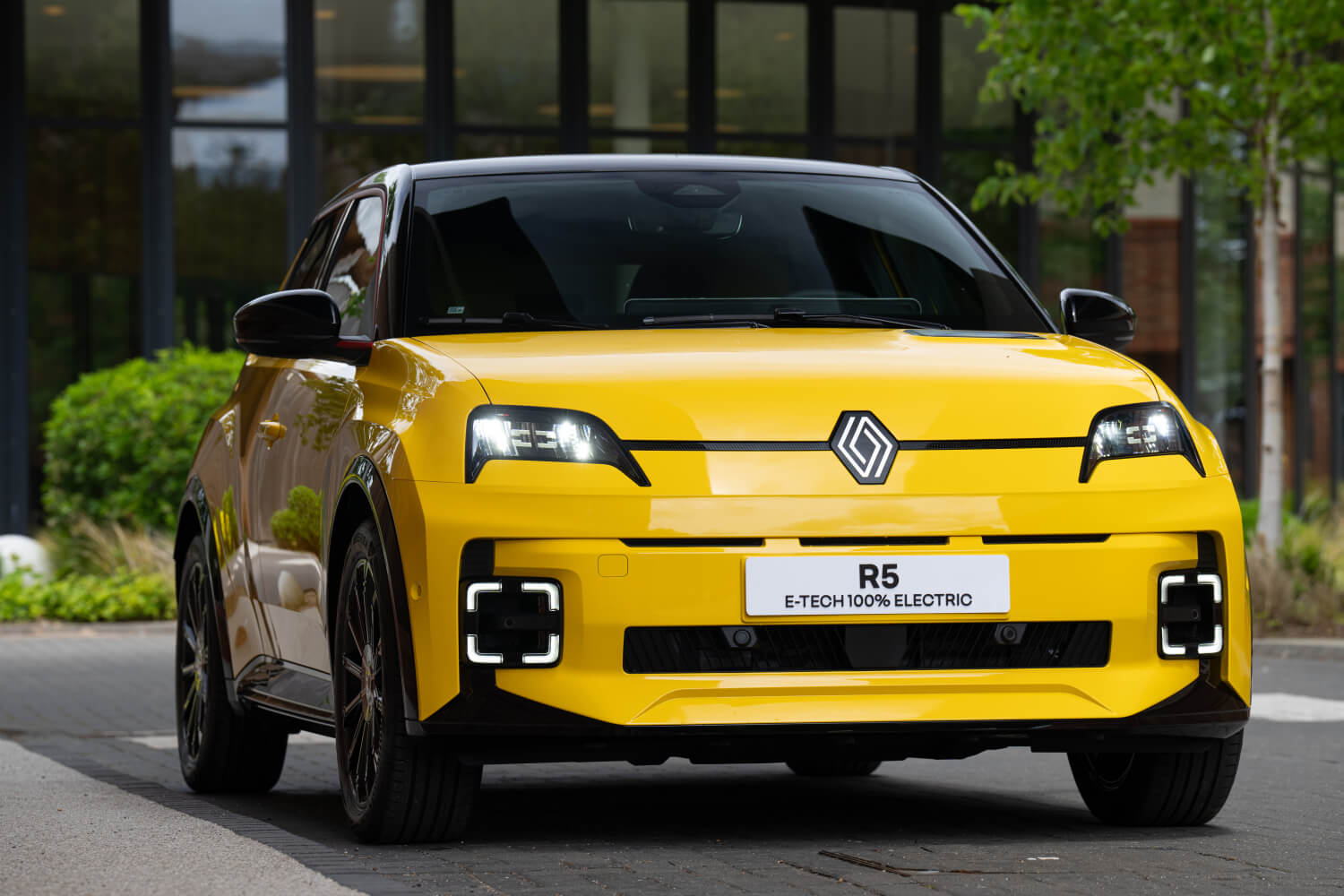
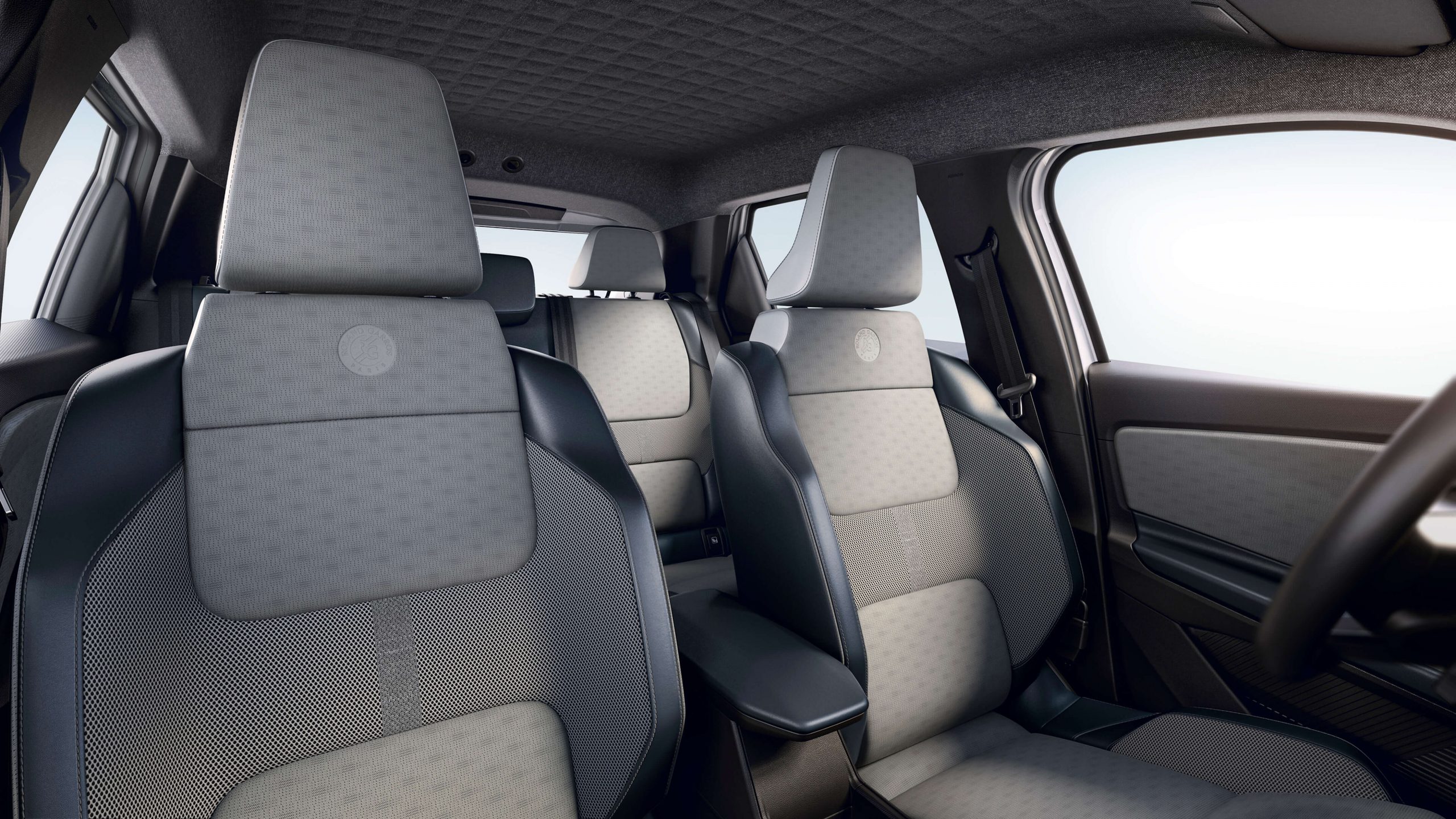
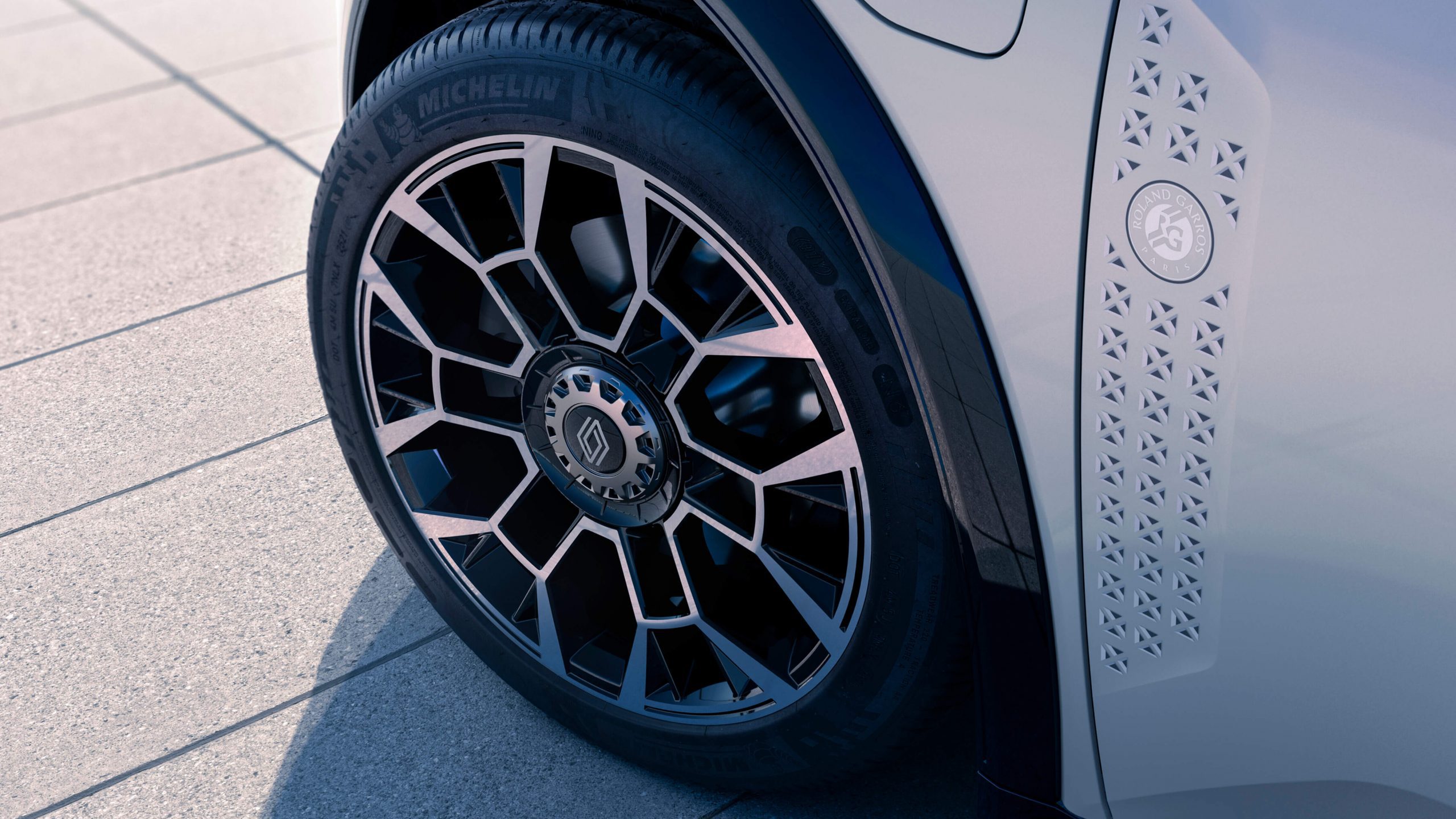
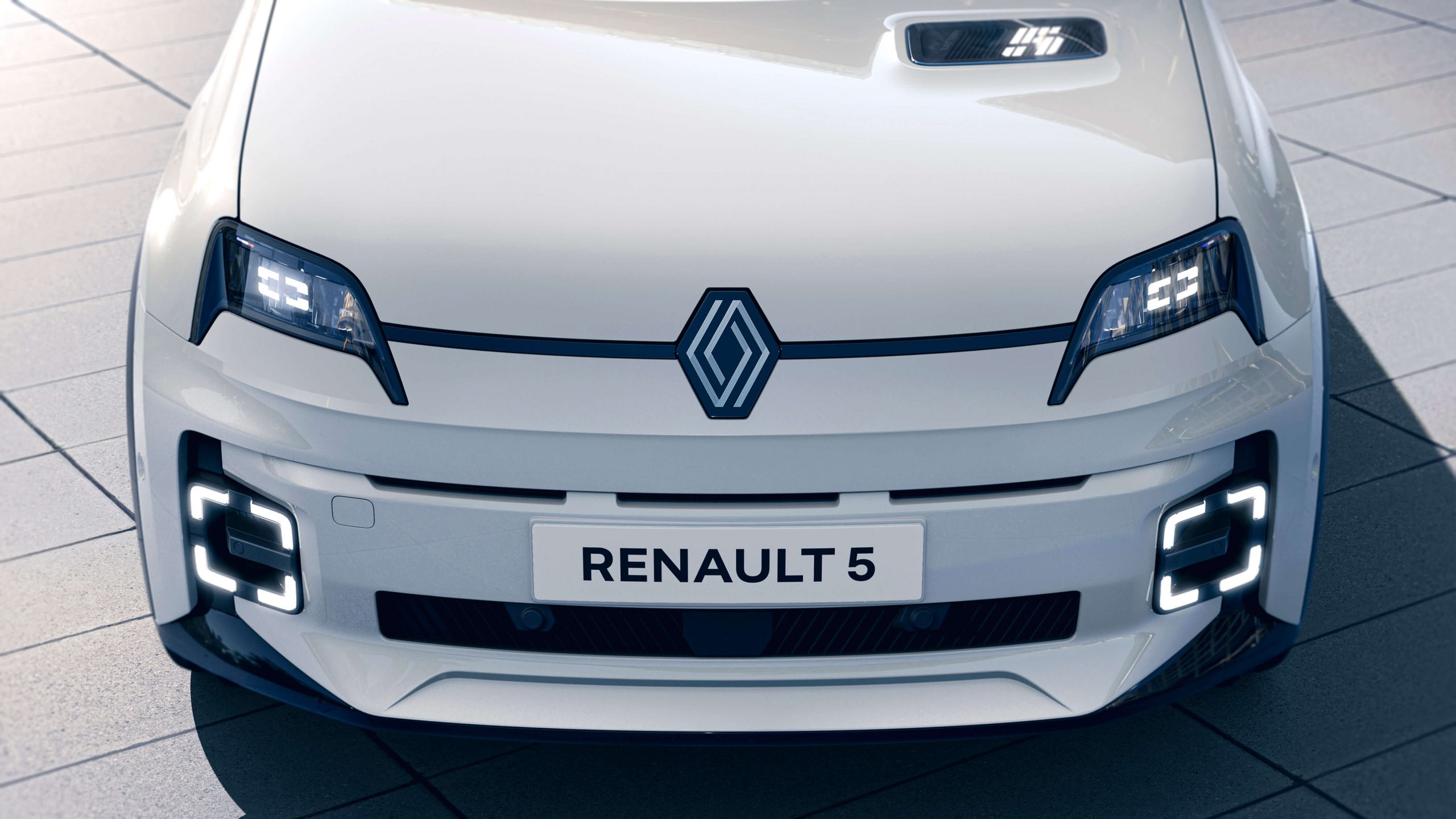
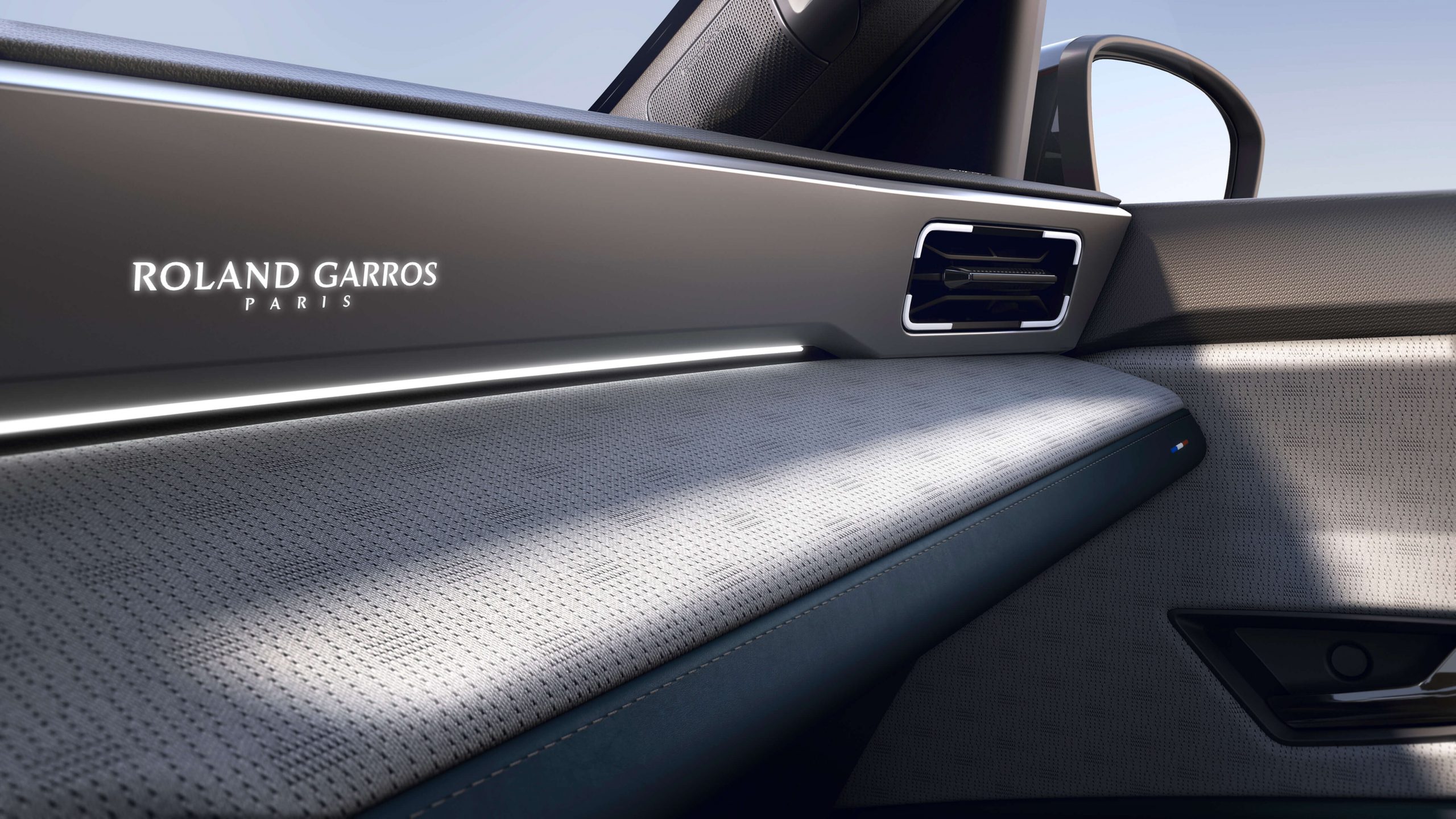
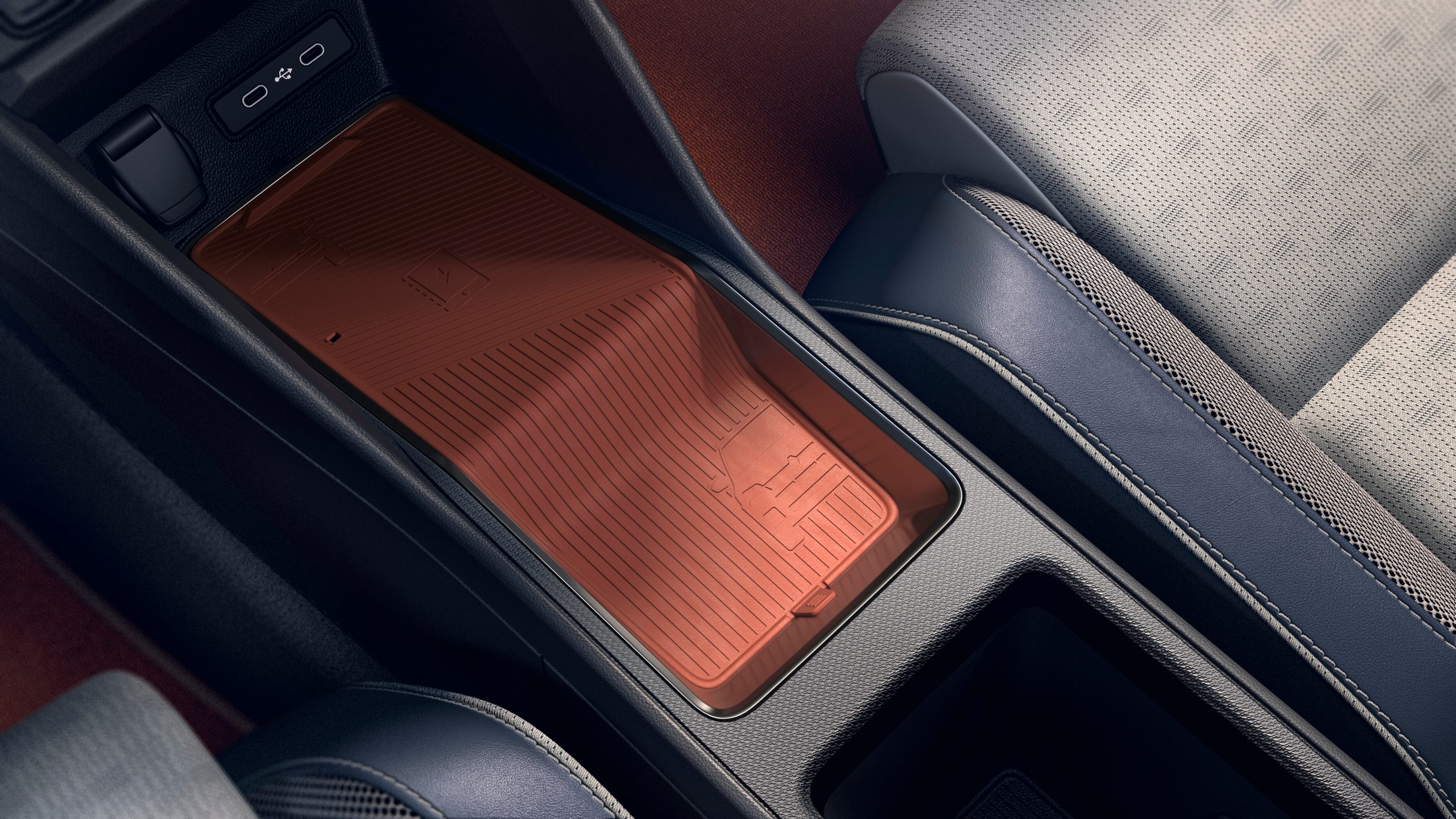
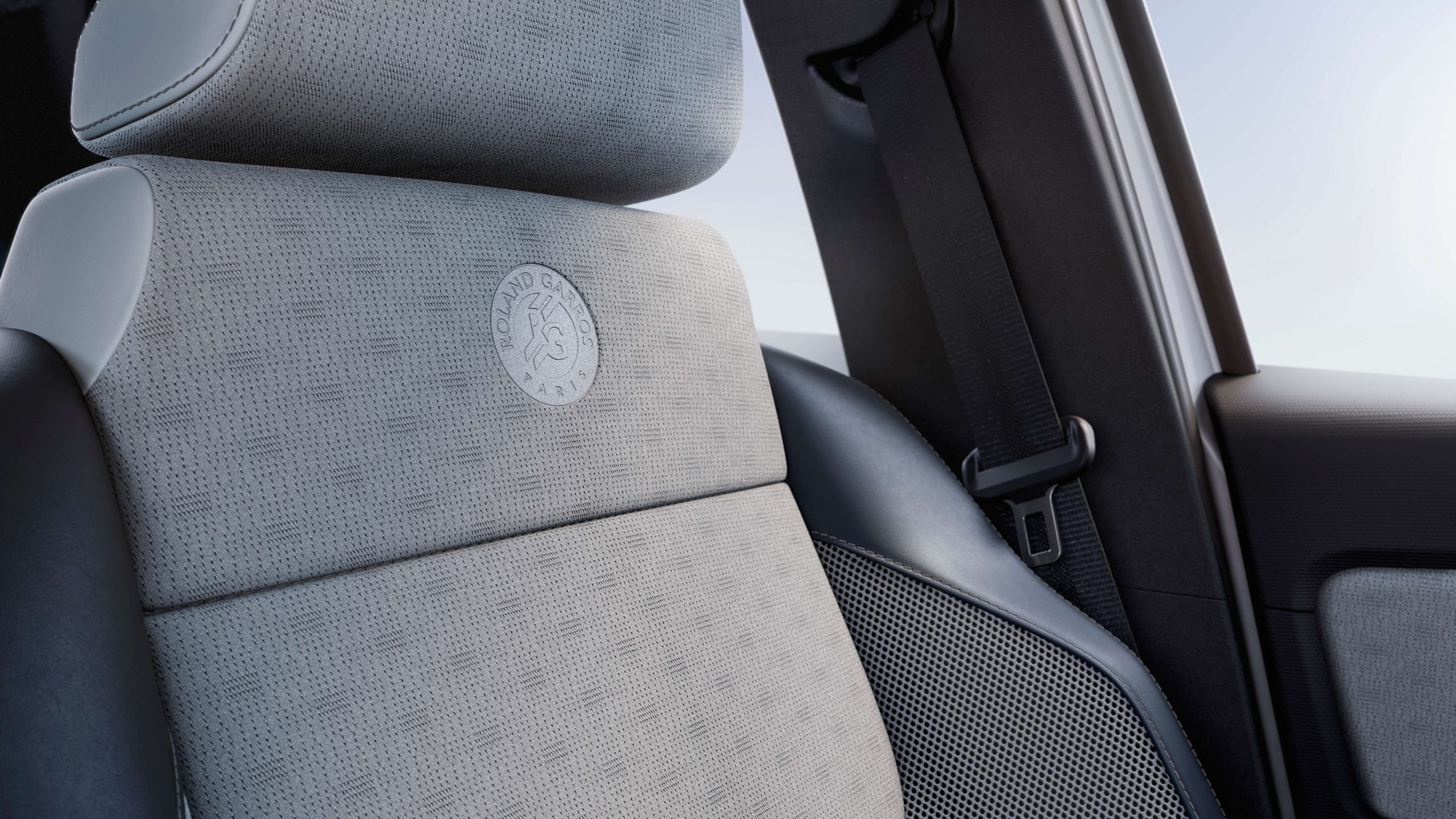
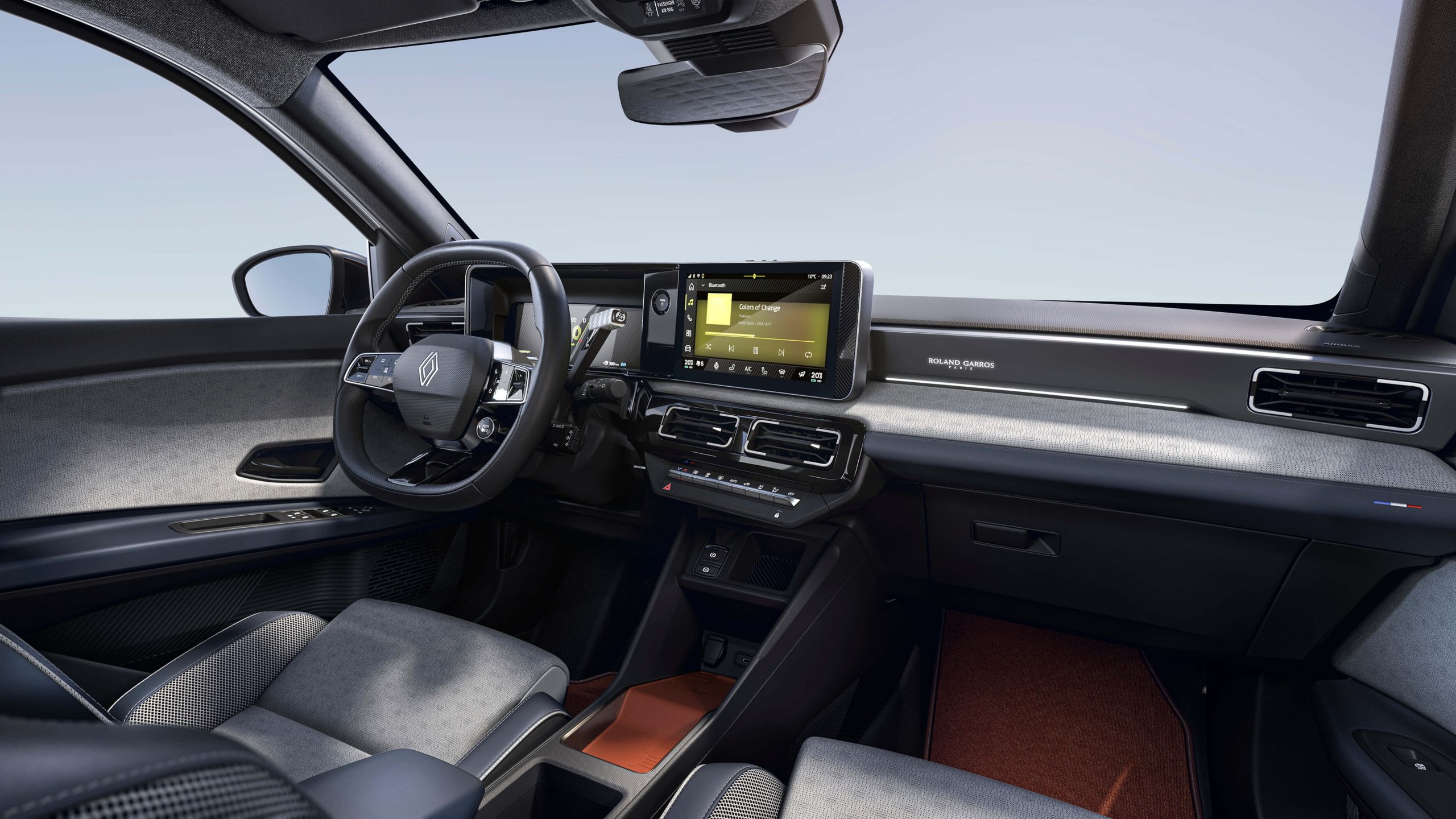
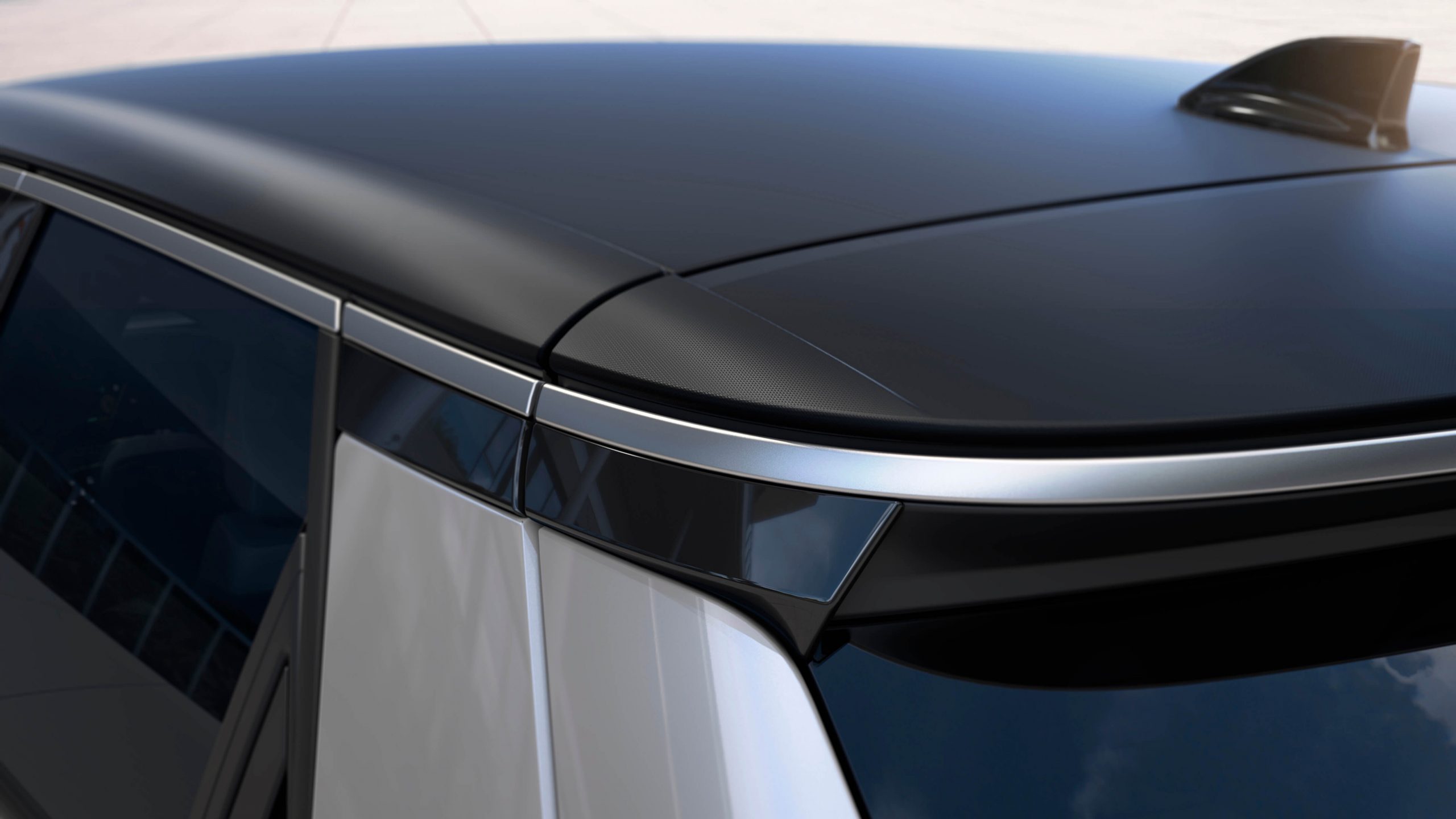
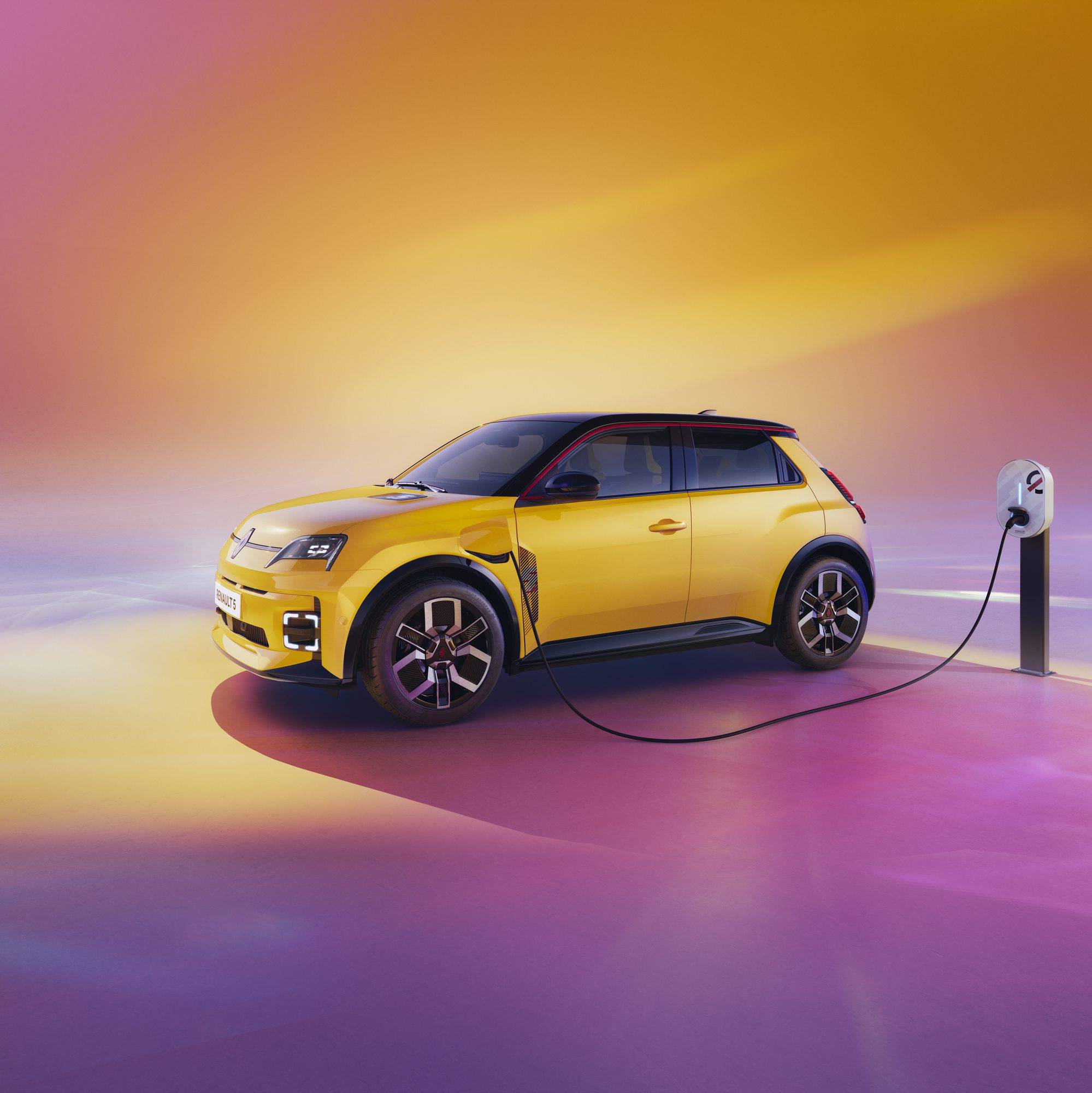
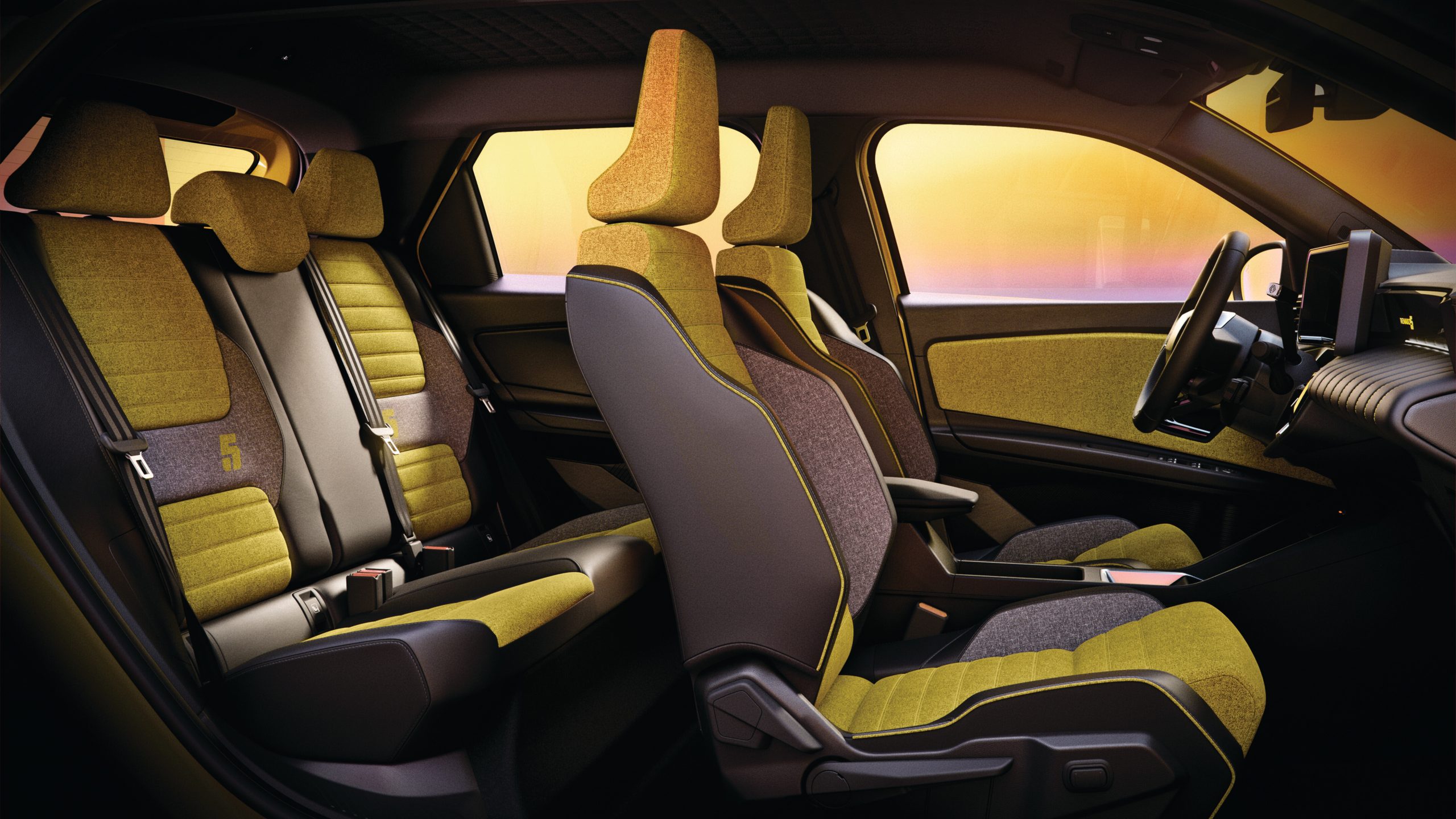
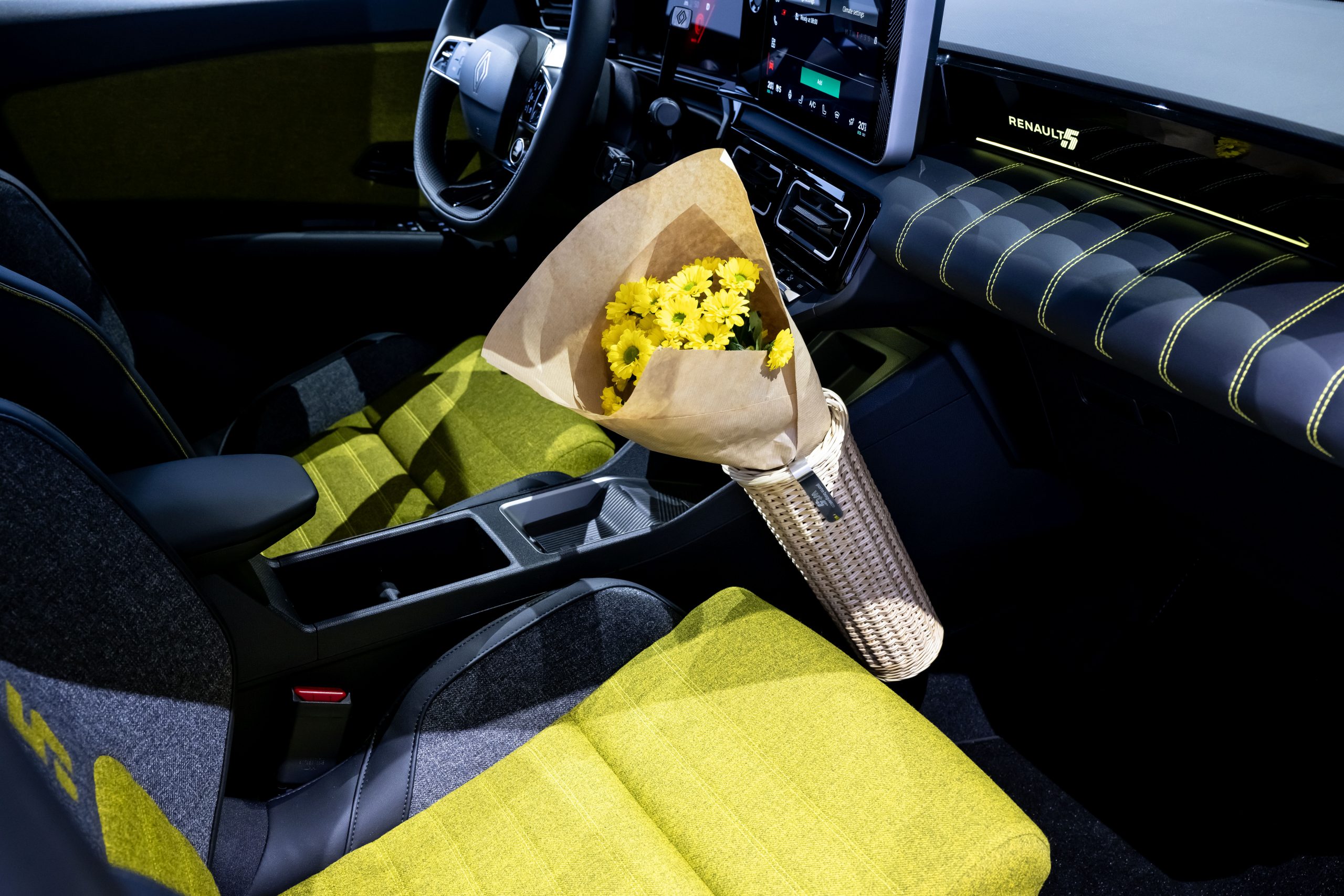


Not sure why it repeated my comments here, these were comments intended for the “UK Government Considers Relaxing EV Sales Targets Amid Industry Concerns” my comment for this article should have been:
I think this car may be somewhat of a game changer in the UK EV market, potentially doing for Renault what the ICE 500 did for Fiat at the time (it’s a shame that the EV 500 was so expensive and somewhat out of place in the market, where you could find bigger and better EVs for the same price). There are many of my generation, me included, who for whatever reason, have a fond love of the Renault 5, probably due to all the ‘sport’ versions rather than the base model, which in reality was nothing to shout about! If it can hit the expected price brackets, then it could be an EV for the masses, and will fortunately fall well below the Government’s expensive car supplement (luxury car tax), so will not have a heavy tax penalty.
Looking at the car it hits all the retro buttons, whilst still having a look of modernity, much as the Fiat 500 did, which is why I make the comparison, yes it is bigger, but then cars have grown significantly over the years, just as the average weight of the population has, (and to allow for all the additional safety features required), but the proportions still look great, to release it with such striking colours is a stroke of genius, allowing it to stand out from the drab greys we mostly see on the roads, giving it a sense of fun, which seems to be reflected in the interior, only a French car would have the option of a baguette basket (somewhat of a Gallic twist on VW placing the ‘flower holder’ on the front dash of the new Beetle when it was released all those years ago).
Also for those who have the luxury of a drive at home and thus the luxury of a home charger, then the bi-directional charging could also be a real boon, potentially covering even more of the running costs, as on the right electricity supply plan, it will be possible to use the car as a battery store, buying power when it is cheap, and then selling it back to the grid when the prices are higher (assuming the car is not needed for longer trips) given that the average daily drive in the UK is under 30 miles, requiring around 10 kWh (probably a bit less, but I’m being conservative and working on 3mi/kWh) then there could be around 40 kW/h that could be traded this way each day, resulting in profits which would likely far outweigh the cost of the 10 kW/h used – allowing owners to run the car the car for free.
I hope it will be a great success, and that it will encourage other legacy manufacturers to see the possibility of being able to produce a desirable EV at a price bracket that is more affordable to the masses helping herald the switch over from ICE to EV. I for one cannot wait to get the chance to take one for a test drive.
Toby you’ve nailed it with this comment! The Renault 5 definitely has the potential to be a game-changer in the UK EV market, especially with its combination of retro charm and modern practicality. The comparison to the Fiat 500 is spot on—if Renault can deliver the right price point and fun factor, it could become a beloved EV for the masses.
The bi-directional charging feature is a standout as well, offering real-world savings and showcasing how EVs can play a bigger role in energy management. It’s a practical and innovative feature that could appeal to many, particularly in the current climate of rising energy costs.
I also love your point about the car’s fun and colourful design—it’s refreshing compared to the often monotone EV market, and it feels like Renault is bringing personality back to cars. The quirky touches like the baguette basket add to its charm and make it uniquely French.
Here’s hoping the Renault 5 not only finds success but also sets a benchmark for other manufacturers to follow, proving that affordable, desirable EVs are achievable. Like you, I can’t wait to see it in action!